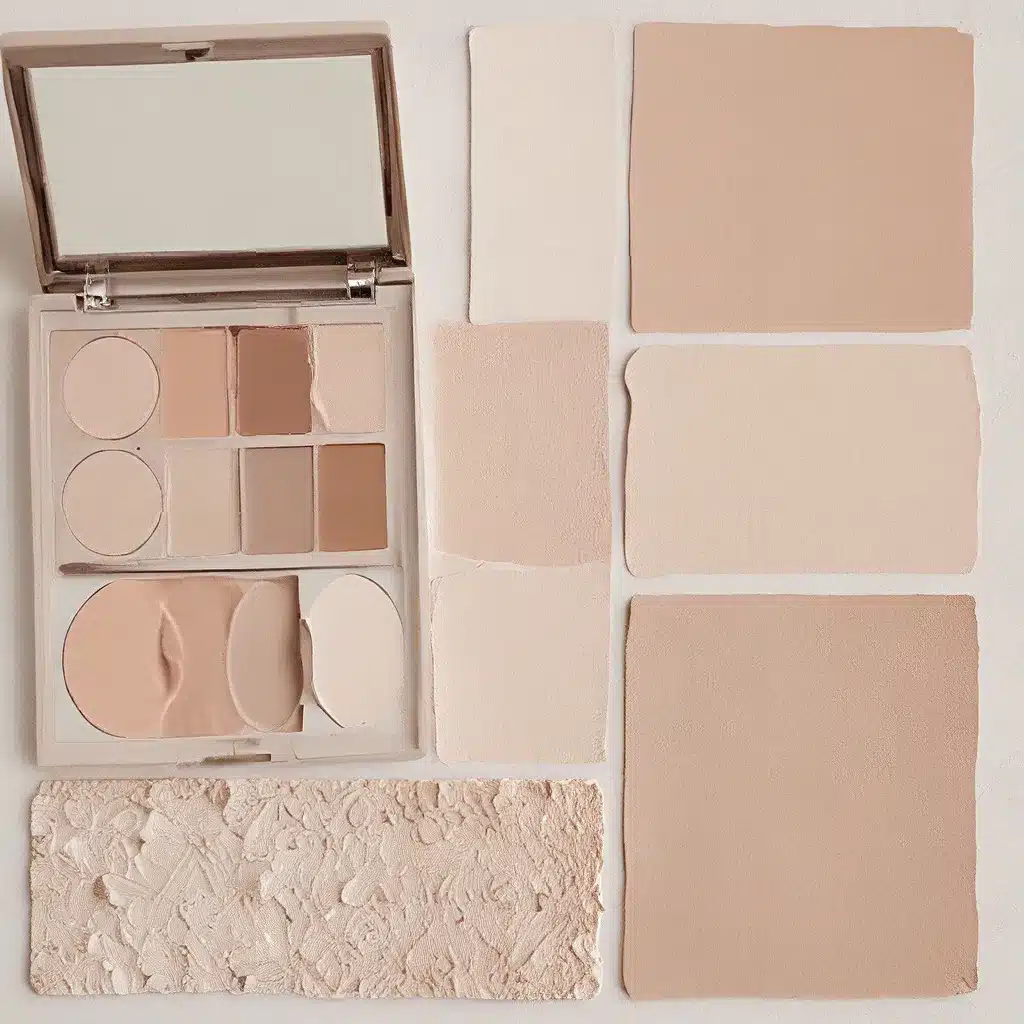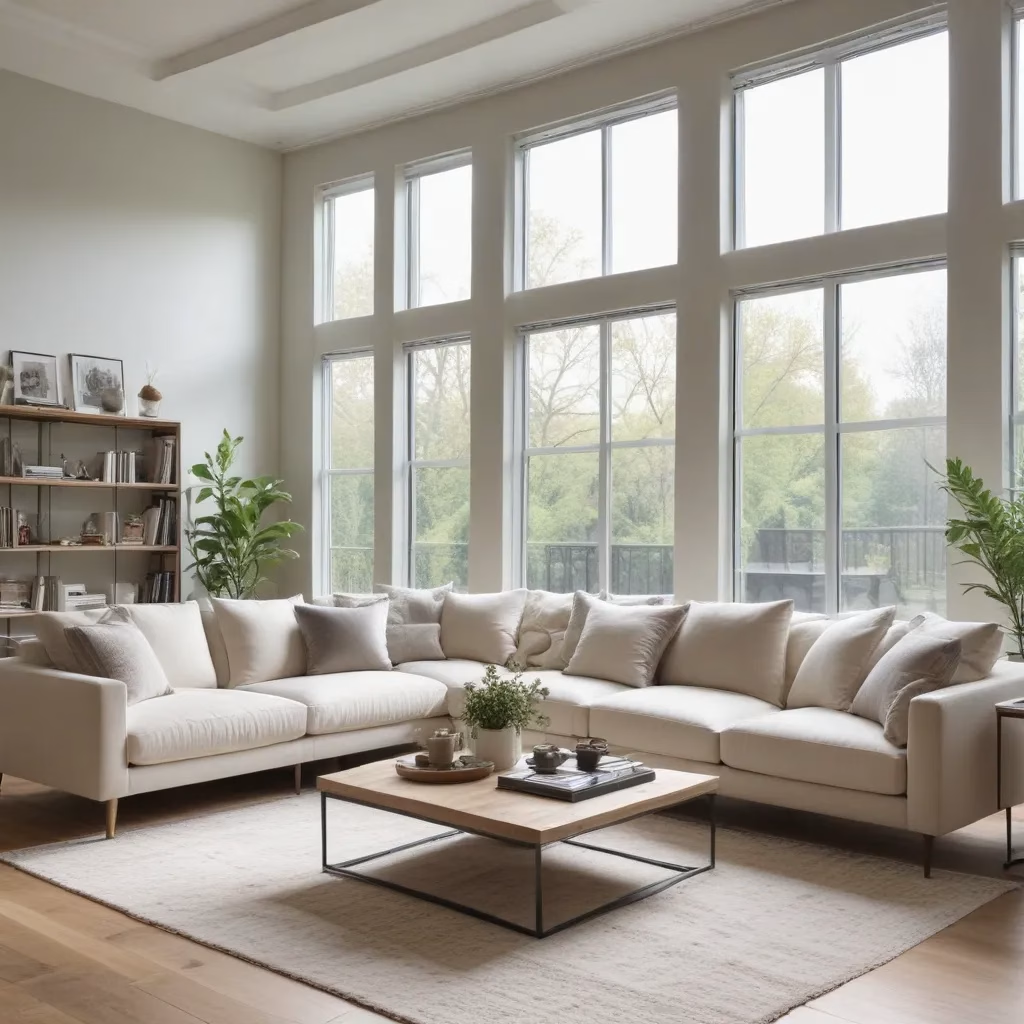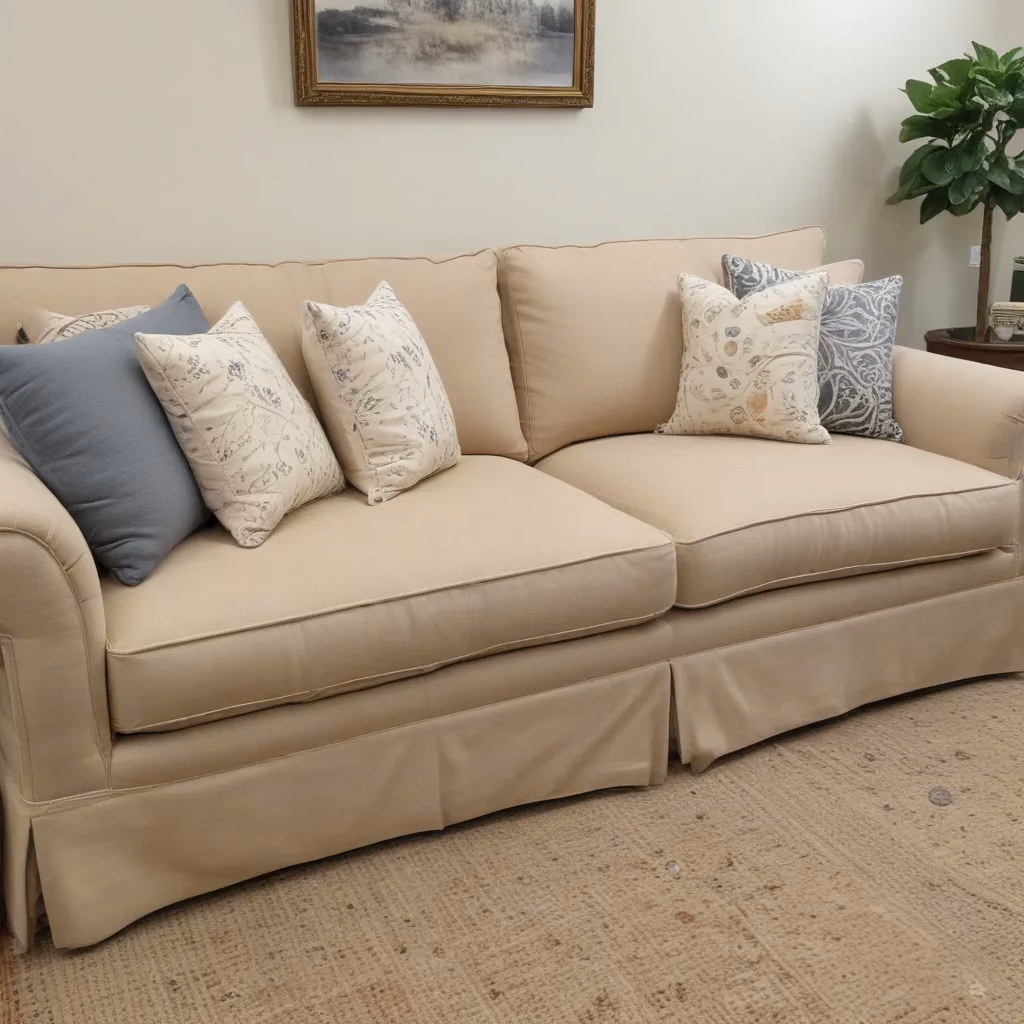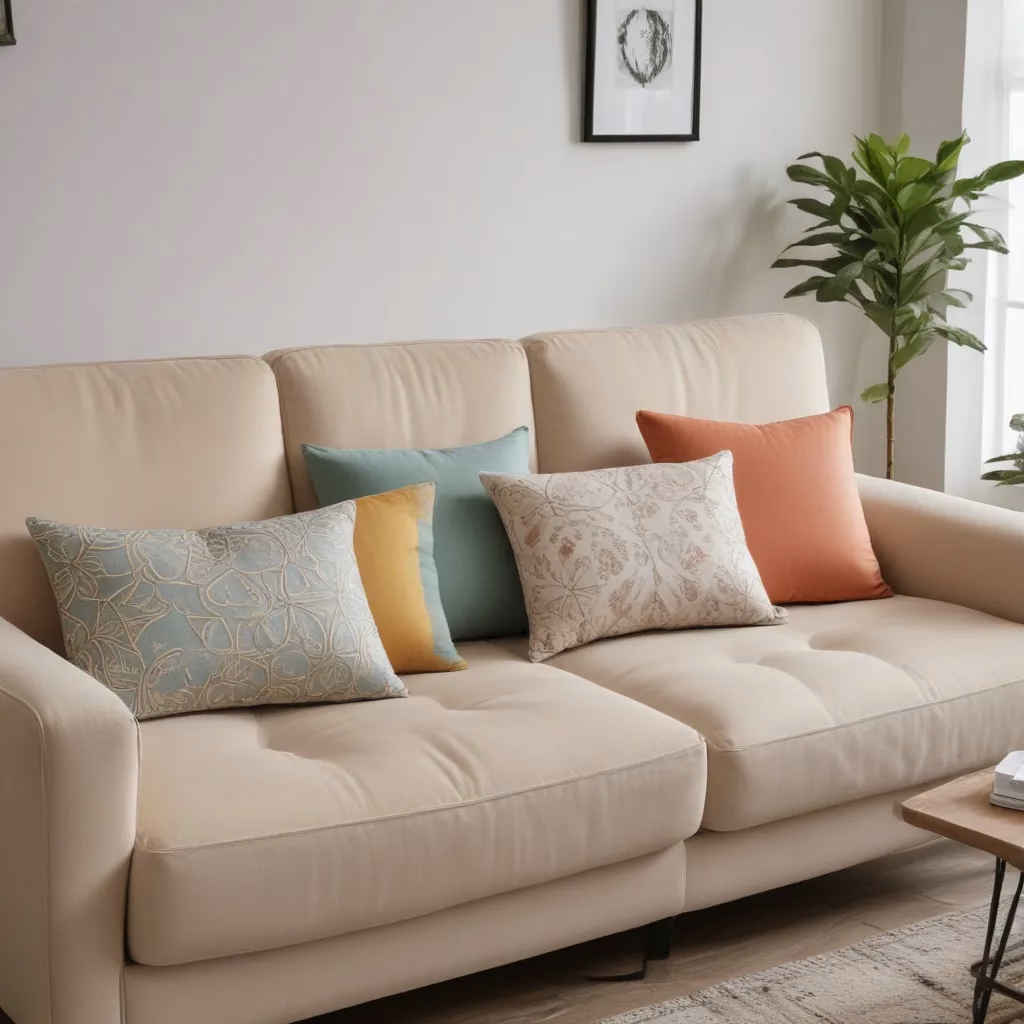
In a world where bold, vibrant colors reign supreme, there’s something to be said for the understated allure of tonal, neutral palettes. As a self-professed color lover, I’ll admit I’ve long been drawn to the drama of high-chroma hues – the way they jump off the canvas, begging to be the center of attention. But lately, I’ve found myself increasingly captivated by the quiet elegance of muted tones, the way they whisper rather than shout.
The Art of Subtlety
It all started when I stumbled upon the work of Swedish painter Anders Zorn, the master of the eponymous “Zorn palette.” As described by artist Karen Weihs, Zorn’s restricted palette of just four colors – zinc white, ivory black, yellow ochre, and vermillion red – resulted in paintings that were as nuanced as they were captivating.
“Known today as The Zorn palette, it results in subtle tonal paintings that require thorough mixing to get the richness of color,” Weihs writes. “It may not satisfy artists with a passion for color, but subtle color is also amazing to go for.”
I have to admit, I was skeptical at first. How could such a limited color selection possibly capture the depth and complexity I craved? But the more I studied Zorn’s work, the more I was drawn in by the mesmerizing interplay of warm and cool, light and shadow. There was a sense of restraint, yes, but also a quiet power – a masterful command of tone that left me spellbound.
Finding the Right Balance
Intrigued, I began to experiment with tonal palettes of my own, playing with different combinations of muted hues. And I quickly discovered that achieving the right balance was key. As tonalist painter Ann Hart Marquis explains, “I very frequently will tone down my colors with grays or sometimes with a color’s complement.”
For example, Marquis notes that she doesn’t care for phthalo blue on its own, but loves the way it plays with subtle grays. “Here is an example of a painting that I just finished,” she shares, referring to a work titled “A Song of Wandering.” “Acrylic and ink on canvas, 24x30x1.5-inches.”
Similarly, artist Will Kemp emphasizes the importance of value over pure color when it comes to creating professional-looking paintings. “A great lesson you need to learn when trying to create professional looking paintings is the importance of value – how dark or light a subject is,” he writes. “It is so much more important than colour.”
Kemp recommends starting with a simple three-color palette of a warm and cool version of the primary colors – say, cadmium red, cadmium yellow, and ultramarine blue. The key, he says, is to focus on mastering value and color mixing before diving into a more complex palette.
The Art of Restraint
As I continued to explore tonal, neutral palettes, I found myself embracing a newfound sense of artistic restraint. Rather than reaching for the brightest, boldest hues, I found myself carefully selecting colors with undertones and biases that would allow for rich, nuanced mixtures.
As Weihs explains, “Painters who want the potential for both bright color and greyed color can choose this palette of 6 tubes to make a broad range of color: a simple palette made of saturated red, blue and yellow pigments plus white.” Her recommended palette includes titanium white, cold grey, cadmium red medium, ultramarine blue deep, cadmium lemon yellow, and Naples yellow.
“The beauty of this palette is the big range,” Weihs writes. “The weakness of this palette is in the purples. It’s excellent for depicting shadows but incapable of painting the high-chroma purple flowers. Substituting cool alizarin permanent for the warm cadmium red light results in high-chroma purples that could do justice.”
In my own work, I found that by focusing on nuanced mixtures and subtle value shifts, I was able to create paintings that were just as captivating – if not more so – than those featuring bold, attention-grabbing colors. There was a sense of mystery, of invitation to lean in and explore the hidden depths of the canvas.
Embracing the Unexpected
Of course, tonal, neutral palettes aren’t without their own unique challenges. As Weihs points out, blues can be particularly tricky to achieve with more restricted color selections. And as Marquis notes, the lack of pure, high-chroma hues can make it difficult to capture certain subjects, like vibrant purple flowers.
But for me, these limitations have become a source of creative inspiration. Instead of seeing them as obstacles, I’ve learned to view them as opportunities to push the boundaries of what’s possible. How can I capture the essence of a subject without relying on the crutch of saturated color? What unexpected, delightful surprises might emerge when I’m forced to think outside the box?
It’s a process of discovery, to be sure – one that requires patience, experimentation, and a willingness to embrace the unexpected. But the rewards, I’ve found, are immeasurable. There’s a sense of quiet triumph in crafting a painting that captivates the viewer not with its bold showmanship, but with its nuanced, understated beauty.
Inviting the Viewer In
And perhaps most importantly, tonal, neutral palettes have a way of drawing the viewer in, inviting them to slow down and truly engage with the work. As Marquis explains, “the color design and the mood were the subject rather than a unique and spectacular location.”
It’s a shift in focus that I find incredibly compelling. Rather than being overwhelmed by a cacophony of color, the viewer is gently guided into the world of the painting, encouraged to linger, to explore the subtle interplay of light and shadow, warm and cool.
In a way, it’s a bit like the difference between shouting and whispering. Both have their place, of course, but there’s an undeniable power in the quiet, the understated. It’s the difference between making a grand, attention-grabbing entrance and slipping into a room unnoticed, only to captivate everyone in your presence.
Finding the Perfect Harmony
As I’ve delved deeper into the world of tonal, neutral palettes, I’ve found that the key to success lies in finding the perfect harmony – that delicate balance between restraint and expression, between the known and the unexpected.
It’s a pursuit that requires patience, experimentation, and a willingness to step outside of one’s comfort zone. But the rewards, I’ve discovered, are well worth the effort. By embracing the art of subtlety, I’ve been able to create paintings that are not only visually compelling, but that also offer a deeper, more immersive experience for the viewer.
And who knows – maybe one day, the world will be ready to embrace the quiet power of tonal, neutral palettes. After all, as Weihs so eloquently puts it, “Even Zorn himself didn’t use it exclusively, and as a colorist, I find it invaluable to learn restraint in color mixing as well as my passion for pushing color.”
In the meantime, I’ll continue to explore the depths of this captivating style, always on the lookout for new ways to create paintings that whisper rather than shout. After all, sometimes the most powerful statements are the ones that are made in the softest of tones.



